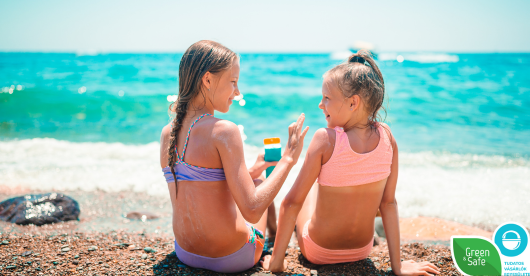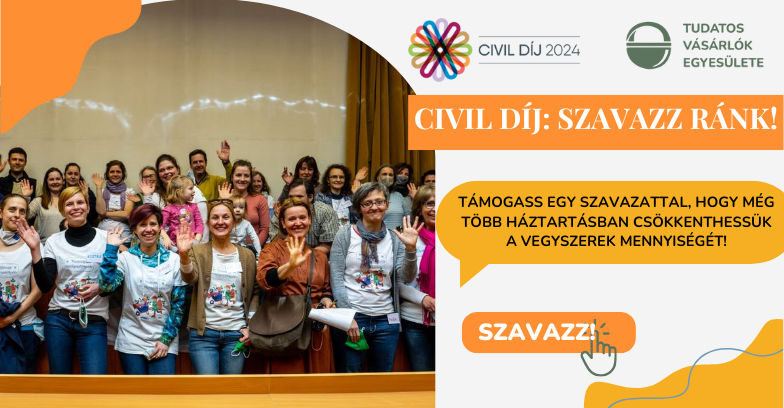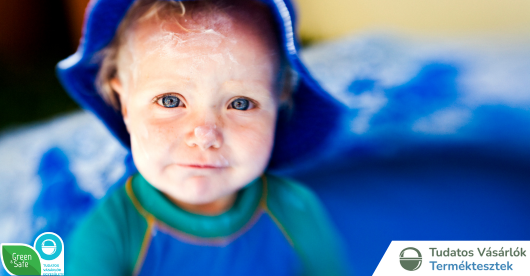
You might be using sunscreen the wrong way. This is how you should apply suncreen on your kid to prevent any issues
I’ll call it the sun protection paradox: many think, incorrectly, that a high factor number or SPF number on a sunscreen provides better protection. However, it is quite possible that sunscreens, if used incorrectly, increase the chance of sun damage while giving a false sense of being safe. We have collected what mistakes are typically made in sun care, and how to take care of your children if you want to protect them from harmful radiation and sunburn. In our free test, we recommend the best children’s sunscreens.
Using high SPF sunscreens, roughly factor 50 or higher, can give you a false sense of invincibility and make you want to stay in the sun longer without reapplying the cream. Several studies have pointed out that independently from the SPF number there are two classic mistakes we regularly make:
- we use less sunscreen than is necessary for optimal protection (be it cream, spray or stick),
- we don’t reapply them often enough during the day.
Sunscreen is the second line of defense against the sun
As dr. Boglárka Lengyel summarized in detail, the only and best way to use sun creams effectively is to consider sunscreens, sun creams, and creams as additional means of sun protection. The most reliable sun protection is actually not provided by sunscreen, but primarily by the following solutions:
- avoid exposure to the scorching sun between 11 a.m. and 3 p.m., plus
- shade,
- hats,
- sun glasses and
- clothing are also important.
Which recommendations should you follow if you go on holiday with a baby? The most important rule for small children is that it is not recommended to apply any kind of cream, foam, or sunscreen to the skin of babies until the age of 1. Instead rely on the first line of defense!
Baba és utazás, baba és nyaralás, mire figyeljünk? Babaápolás természetesen
Quantity and frequency
It is important to note that the amount and frequency of application is almost more important than the factor number. This means that, in practice, an SPF 15 cream that you use plenteously and with frequency during the day (on your children or yourself) protects better than an SPF 50+ cream that you apply only once every eight hours.
Children’s suncream test 2023
In our latest free children’s suncream test, there are 50 and 50+ suncreams.
In our test of 50 and 50+ protection factor sun creams (intended for) children, we checked whether they adequately protect children’s skin as advertised on the packaging; with the help of volunteers, we evaluated how well they can be used in practice; we checked whether they contain undesirable substances. We also examined their environmental impact and checked the information items on the product labels.
When should you use and reapply the sunscreen?
But what exactly does “quantity” and “frequency” mean in the case of sunscreens?
Best is to apply the sunscreen before being outdoors, at least 15-20 minutes before sunbathing, because it needs time to be absorbed to achieve the most effective effect. This rule applies regardless of the type of sunscreen you use, be it chemical or mineral. Re-applying should be done after spending time in water or doing any activity involving sweating, or simply after an hour or two, whichever happens first.
Of course, if you are outside and must run after the child on the beach, at the shore, or while doing sports, it can be difficult to remember to reapply the sunscreen. If you need an easier way to remember to re-apply the cream to yourself and the baby, here’s a two-step plan that’s not perfect, but works relatively well:
- Apply the first layer 15-20 minutes before sun exposure.
- Apply the second layer in the first hour of your sunbathing. (You might want to set a timer on your phone to remind you to re-applying).
While this strategy provides adequate coverage, experts agree that it’s best to reapply regularly and richly every hour or two in the sun, or after sweating or contact with water.
How much sunscreen do you need and where?
How much sunscreen or cream is needed to properly cover the entire body of most adults? Roughly 2 tablespoons, of course less for children. This amount includes the coverage applied to the face. When it comes to sun protection, “traditional” sunscreens and facial sunscreens are the same. If you decide to apply another type of sun cream to your face, a quarter of this amount will be enough to cover your face, neck and ears.
And what about hard-to-reach places? Well, here is an old-fashioned piece of advice, which is nonetheless true! Having someone else apply sunscreen to your back provides significantly better protection than you trying to reach the middle of your back yourself. It may come as a surprise, but according to a study, the parts of the body that typically receive the poorest sunscreen protection are the ears and the feet, so don’t forget them!
What you need to know about applying sunscreen to children
Are there any parenting tasks more frustrating than trying to apply sunscreen to a child who wants nothing more than to immediately get out of our grasp and run into the water? Let’s note at this point that although it may be tempting to use spray-type sunscreens, we do not recommend them when considering efficiency and safety. In addition, with continuous spraying, it is much more difficult to assess how much sunscreen has been applied.
If you still choose the spray, spray it in a windless but well-ventilated place to achieve adequate sun protection. We recommend that you first spray the product onto your palms and then apply it to yourself to avoid waste and contact with the eyes.
Also important: spread the sunscreen immediately and firmly after spraying, even if it is not quite what advertisements suggest!
If your child is old enough to apply sunscreen on their own, keep in mind: according to a study involving children between the ages of 5 and 12, children are more likely to apply more sunscreen when the product is dispensed with a pump, as if squeezed out of a tube.
Sun protection all year round
For their health and well-being, little ones need sun protection all year round, not just in summer. Make it a habit for your children to wear sunscreen with an SPF of 30 to 50 while being outdoors, regardless of the season.
![]() This content was created with the support of the grant FV-I-22-19-C of the Ministry of Innovation and Technology. The Green&Safe LIFE-styles project is supported by the LIFE fund of the European Union. Identifier: ENV GIE HU000622
This content was created with the support of the grant FV-I-22-19-C of the Ministry of Innovation and Technology. The Green&Safe LIFE-styles project is supported by the LIFE fund of the European Union. Identifier: ENV GIE HU000622



